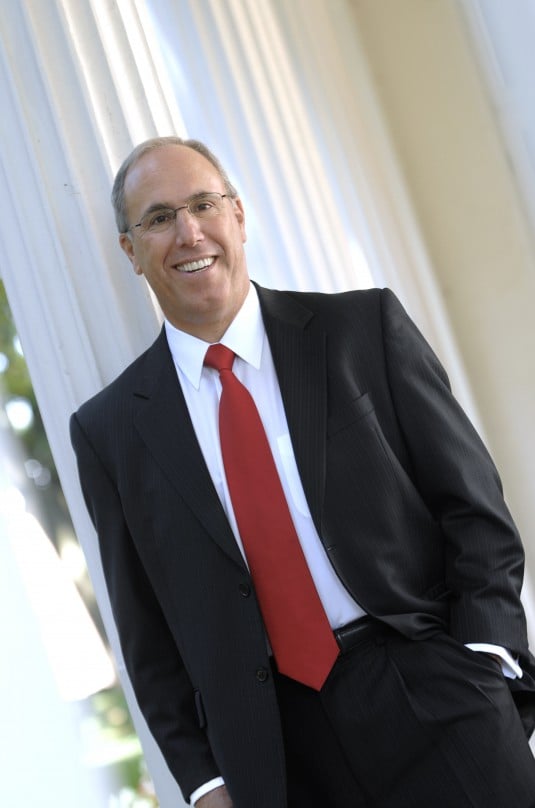
October 19, 2011
Steve Jobs’ Lasting Lessons
Since news came of his death on October 5, much has been said about Steve Jobs’ influence on who we are, what we do, what we do it with and how we do it in the 21st century. To these many accolades, I would like to add something about what educators can learn from this truly […]
Since news came of his death on October 5, much has been said about Steve Jobs’ influence on who we are, what we do, what we do it with and how we do it in the 21st century. To these many accolades, I would like to add something about what educators can learn from this truly unique man.
Steve Jobs taught us that it’s not enough to excel in one area: He knew how to think constructively about hardware and software, beautiful design and great function, the new ways to provide services through Apple’s products –a seamless business model that was the envy of a sleepy corporate world. It all came together at Apple under Jobs.
And that’s his lasting legacy for those of us in higher education, which is mired in a structure that’s no longer working. Why, for instance, do we continue to have students major in individual subject areas, perhaps with a related minor, often with a shallow foundation of general education?
That focus on a single subject area won’t do in the 21st century. We need to educate students across multiple disciplines that intersect in the real world, in a way that mirrors what they will need to succeed in a diverse and dynamic work place. Ironically, Steve Jobs, perhaps because he dropped out of college, was not constricted by any one area of expertise or label. He simply excelled across the board, particularly as a master innovator and shrewd marketer.
Of course, our students must have depth of expertise in their primary disciplines, but we must also educate them to think across disciplines, collaborate with colleagues in related fields and envision how a product or service can change people’s lives—to give them the tools to be true innovators in the way that Steve Jobs and Apple transformed every industry it put its mark on.
Consider the iPhone, for one. Not the first smart phone on the market, but the one that had people lining up around the block to be among the first to buy one. What does it take to create a product that demands such attention and buzz? In the case of the iPhone, Apple engineers had to perfect the functioning of the device–the creative use of a touch screen, the holistic approach of its multiple and integrated uses as phone, camera, music player and mini-computer in something the size of a deck of cards. The designers had to create a beautiful package and simple but elegant user interface that would stir envy throughout the ordinary cellular phone world and shout “Apple” with every flick of the finger. And then the marketers had to create a world-wide channel of distribution driven by a customer-centric promise to connect the owner with the world in many ways. Apple introduced the iPhone in June 2007 to great fanfare and anticipation, and sold 11.9 million units its first full year on the market and almost 90 million by the end of 2010.
Yes, there are many reasons to laud Steve Jobs, and the outpouring of accolades and remembrances will only add to his deserved legendary status as an innovator and visionary. One of his lasting legacies will be a transformation of how we educate our students to learn, live, work, succeed and lead in a complex, diverse world where solutions and innovations must come not from the limited perspective of any one discipline, but from a broad vision of what’s feasible, desirable and valuable to society.
 Stephen Spinelli Jr., Ph.D., became president of Philadelphia University in 2007, spearheading a university-wide strategic plan that established the innovative, transdisciplinary College of Design, Engineering and Commerce. He previously was vice provost for entrepreneurship and global management at Babson College and was a co-founder of Jiffy Lube International and chairman and CEO of the American Oil Change Corp.
Stephen Spinelli Jr., Ph.D., became president of Philadelphia University in 2007, spearheading a university-wide strategic plan that established the innovative, transdisciplinary College of Design, Engineering and Commerce. He previously was vice provost for entrepreneurship and global management at Babson College and was a co-founder of Jiffy Lube International and chairman and CEO of the American Oil Change Corp.





